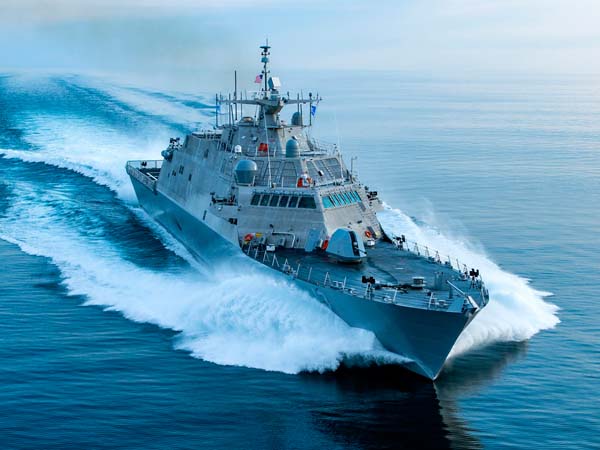
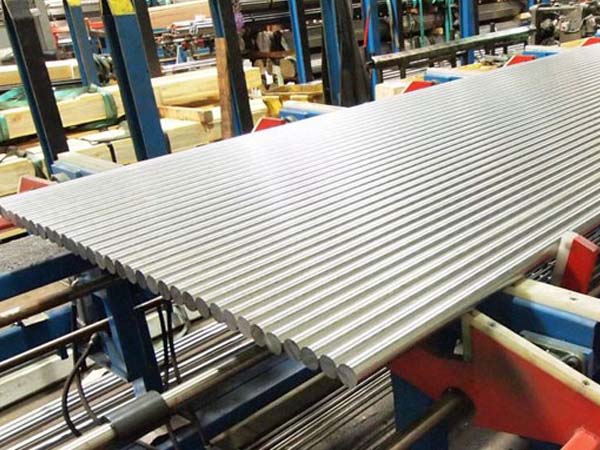
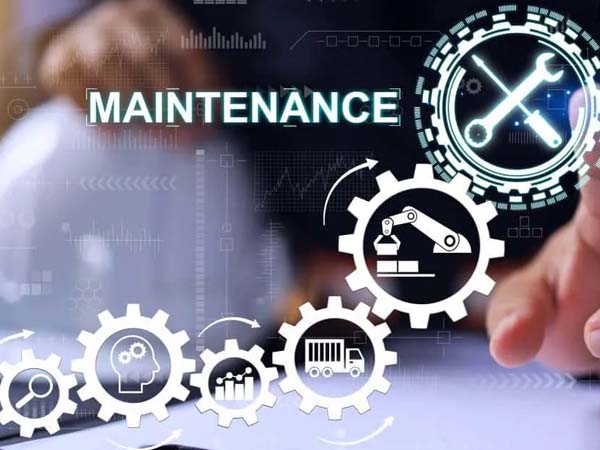
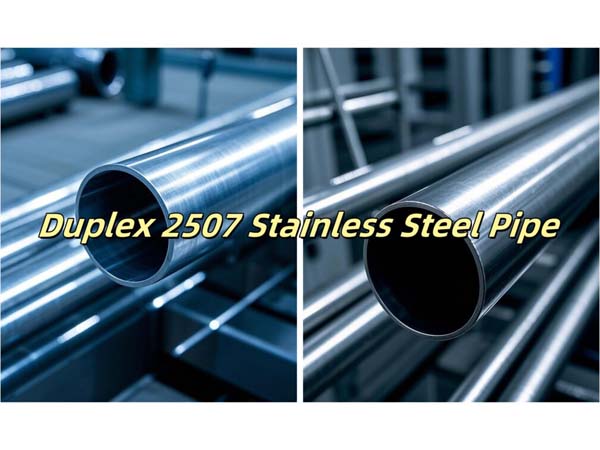
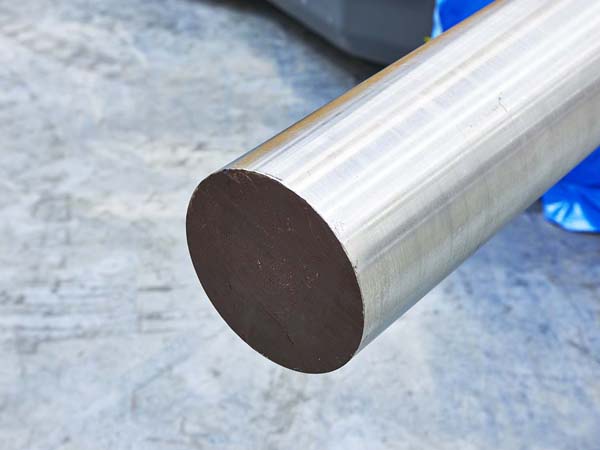

Phone
+86-731-82250427
Address
25th floor, C3 Building, Wanda Plaza, Kaifu District, Changsha, Hunan Province, China.
 Mar 18 2025
Mar 18 2025The deep-sea environment presents a unique set of challenges that demand materials capable of withstanding extreme pressures, relentless corrosion, and unpredictable mechanical stresses. In this unforsetting, 2507 round bar—a super duplex stainless steel—has emerged as a material of choice for engineers pushing the boundaries of subsea technology. Its success lies not only in its technical specifications but in its proven ability to outperform conventional alloys under conditions that would cripple lesser materials.
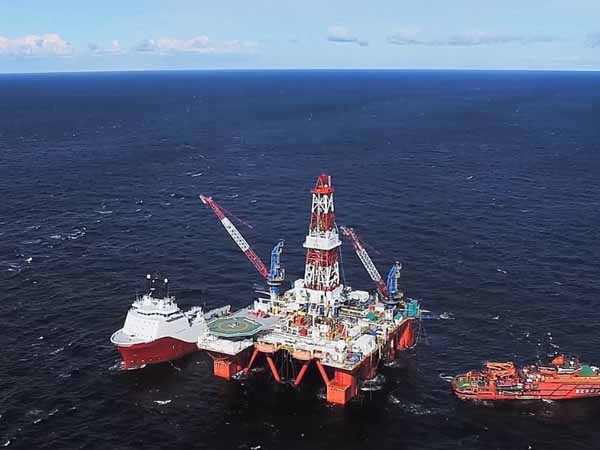
At the heart of 2507’s superiority is its exceptional resistance to corrosion, a critical requirement in seawater saturated with chloride ions. Unlike standard stainless steels like 316L, which succumb to pitting and crevice corrosion over time, 2507 leverages a sophisticated alloy composition—25% chromium, 7% nickel, 4% molybdenum, and 0.3% nitrogen—to achieve a pitting resistance equivalent number (PREN) exceeding 40. This high PREN ensures that even in stagnant or sediment-rich subsea zones, where microbial-induced corrosion thrives, the material remains intact. For example, in the Aasta Hansteen gas field in the Norwegian Sea, one of the world’s deepest offshore developments at 1,300 meters, 2507 round bars were used to construct subsea manifolds and flowlines exposed to corrosive gases like CO₂and H₂S. Over a decade of operation, these components have shown no signs of degradation, a testament to the alloy’s ability to resist both chemical and microbial attack.
Beyond corrosion resistance, 2507’s mechanical properties make it indispensable for structural applications under crushing pressures. With a yield strength of 550 MPa—nearly double that of 316L stainless steel—the material allows engineers to design thinner, lighter components without sacrificing durability. This strength is complemented by remarkable fatigue resistance, a necessity in environments where components face cyclic stresses from ocean currents or pressure fluctuations. The Hywind Scotland floating wind farm, situated in the turbulent waters of the North Sea, relies on super duplex 2507 round bar for its mooring systems and subsea connectors. Here, the alloy’s toughness ensures stability against dynamic loads, while its resistance to biofouling minimizes maintenance in a location where repairs are logistically challenging and costly. The project’s 99% operational uptime since 2017 underscores how 2507’s mechanical reliability translates into real-world efficiency.
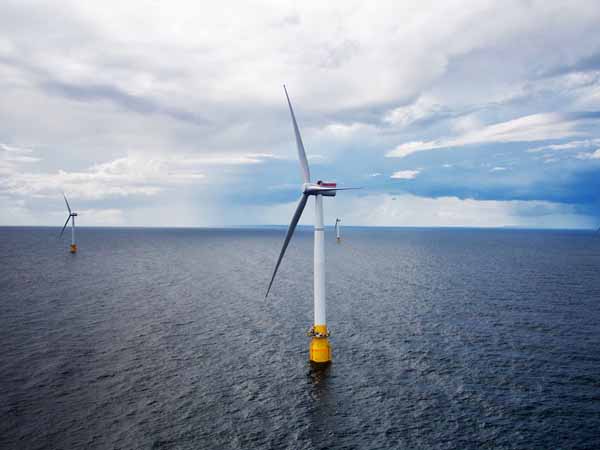
While the initial cost of 2507 may exceed that of traditional materials, its lifecycle economics redefine value in deep-sea engineering. Corrosion-resistant materials like 316L often require frequent inspections, coatings, or replacements in harsh environments, driving up long-term costs. In contrast, 2507’s durability slashes maintenance needs—a critical advantage in remote subsea installations. For instance, in offshore oil and gas platforms, where unplanned downtime can cost millions per day, the use of 2507 in risers and umbilicals has reduced intervention frequency by up to 40%. Moreover, advancements in welding techniques, such as the use of ER2594 filler metals, ensure that fabricated joints retain the alloy’s integrity, simplifying the construction of complex subsea systems without compromising performance.
The real-world impact of 2507 extends beyond theory. In desalination plants, where high-pressure pumps handle brine solutions, and in tidal energy turbines subjected to constant seawater immersion, the alloy has repeatedly proven its versatility. Its adoption in these diverse applications reflects a broader shift toward materials that marry longevity with environmental sustainability. By minimizing material waste and extending the lifespan of subsea infrastructure, 2507 aligns with global efforts to reduce the ecological footprint of marine industries.
Ultimately, the rise of 2507 duplex stainless steel bar in deep-sea environments is a story of innovation meeting necessity. As industries venture into deeper waters and harsher conditions—from hydrocarbon extraction to renewable energy—the demand for materials that can endure these extremes grows. 2507 not only meets these challenges but sets a new standard, enabling engineers to design systems that are safer, more efficient, and more resilient. In the depths of the ocean, where failure is not an option, this super duplex stainless steel stands as a silent guardian, ensuring that human ingenuity can thrive even in Earth’s most inhospitable frontier.
